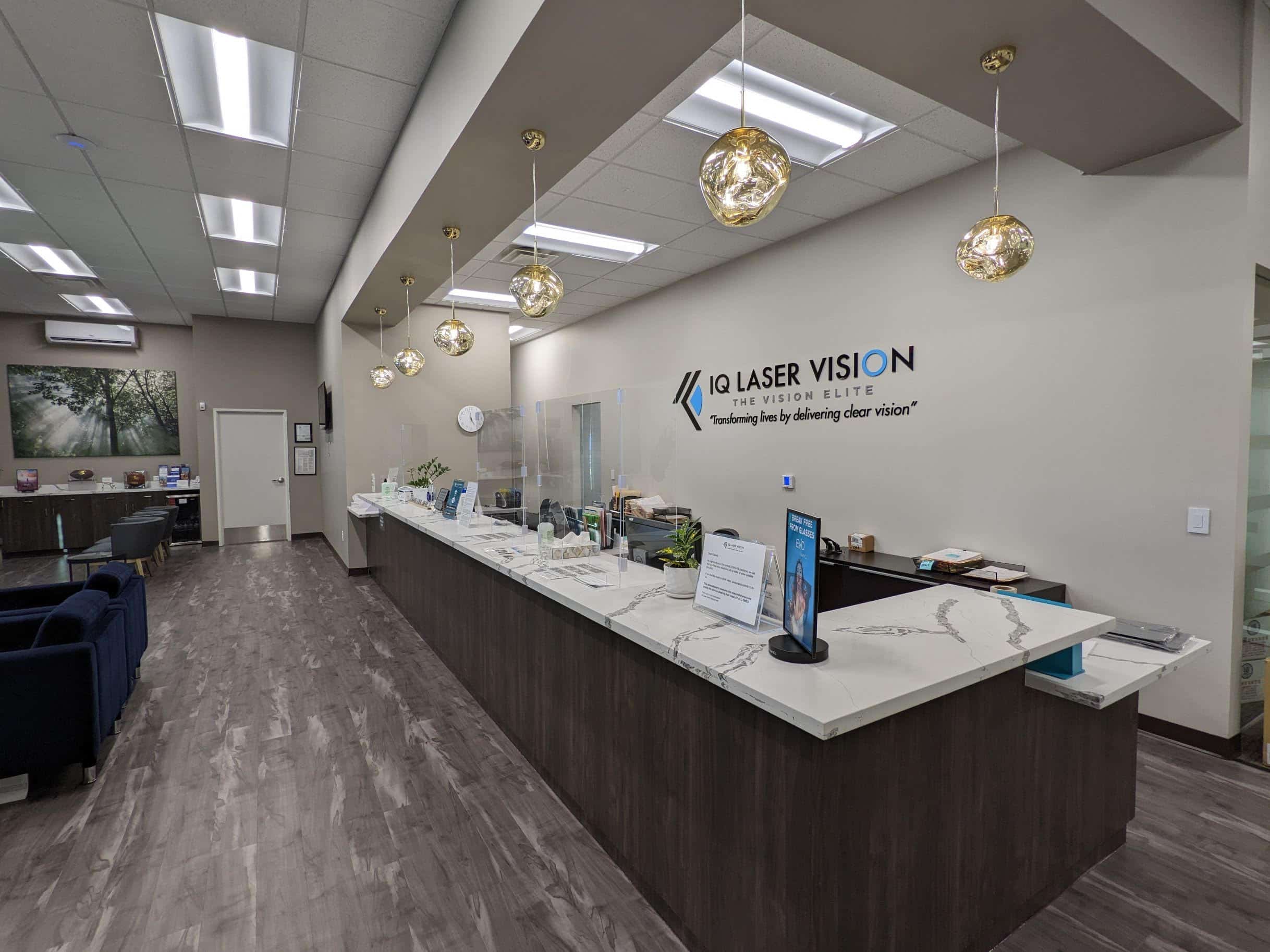
Nearsightedness vs. farsightedness in the world of vision are two prevalent conditions impacting millions globally. Though they both affect visual clarity, their causes and symptoms differ greatly. This detailed guide explores the intricate details of nearsightedness and farsightedness, offering a thorough comparison to help you understand and distinguish between the two.
Understanding Nearsightedness (Myopia)
What Is Nearsightedness?
Nearsightedness, medically termed myopia, is a refractive error wherein distant objects appear blurry while close objects remain clear. This occurs due to the elongation of the eyeball or excessive curvature of the cornea. As a result, light rays focus in front of the retina instead of directly on it. When comparing nearsightedness vs. farsightedness, myopia presents the opposite visual challenge.
Causes and Risk Factors
Myopia, or nearsightedness, has multiple causes, including genetics and environmental factors. People with a family history of myopia are more likely to develop it. Activities that require prolonged near vision, like reading or computer use, also increase the risk. Knowing these causes helps differentiate between nearsightedness and farsightedness vision issues.

Symptoms and Manifestations
Common symptoms of nearsightedness include difficulty focusing on distant objects, squinting, eyestrain, and headaches, particularly after prolonged visual tasks. Children with myopia may exhibit academic struggles due to impaired distant vision.
Diagnosis and Treatment
Diagnosing myopia involves a comprehensive eye examination, including visual acuity tests and refraction assessments. Treatment options for myopia range from corrective lenses (glasses or contact lenses) to refractive surgeries like LASIK, aiming to restore clear distance vision.
Understanding Farsightedness (Hyperopia)
What Is Farsightedness?
Farsightedness, also known as hyperopia, involves clear vision of distant objects but difficulty focusing on nearby objects. This occurs when light rays converge behind the retina instead of directly on it, either due to insufficient eyeball length or flat corneal curvature. In contrast, nearsightedness vs. farsightedness presents an opposite challenge.
Causes and Risk Factors
Hyperopia may stem from a combination of genetic predisposition and environmental factors. Although the exact mechanisms remain under investigation, individuals born with a family history of hyperopia are at increased risk. Moreover, those with certain systemic conditions also face higher risks.
Symptoms and Manifestations
Common symptoms of farsightedness include blurred vision when performing close-up tasks, eye strain, discomfort, and headaches. These symptoms, particularly after prolonged near work, can be bothersome. Children with hyperopia may experience difficulties with reading and other near-focused activities. Comparing farsightedness vs. nearsightedness vision reveals distinct challenges for each condition.
Diagnosis and Treatment
Diagnosing hyperopia involves a comprehensive eye examination, including visual acuity tests and refraction assessments. This process is similar to diagnosing nearsightedness vs. farsightedness conditions. Treatment options include corrective lenses, such as glasses or contact lenses, to enhance near vision clarity. Especially during tasks requiring close focus, these lenses are crucial. Additionally, considering farsightedness vs. nearsightedness vision can help in understanding the specific corrective measures needed for each condition.
Comparing Nearsightedness vs. Farsightedness
While nearsightedness vs. farsightedness involves difficulty seeing distant objects clearly, farsightedness affects near vision. This comparison highlights the different visual challenges faced by individuals with each condition. Farsightedness vs. nearsightedness vision can impact daily activities differently, necessitating tailored corrective measures.
In conclusion, understanding the differences between farsightedness vs. nearsightedness is crucial for effective diagnosis and treatment. Both conditions require specific approaches to ensure clear vision and comfort during various tasks.
Nearsightedness vs. Farsightedness: Key Differences

Nearsightedness (myopia) and farsightedness (hyperopia) represent distinct yet prevalent vision disorders, each with its own set of characteristics, causes, and treatment modalities. By understanding the nuances between these conditions, individuals can better navigate their visual health journey and seek appropriate interventions to optimize their visual acuity and quality of life. Whether experiencing difficulty seeing distant landscapes or struggling with near-focused tasks, timely evaluation by an eye care professional is paramount in addressing and managing these common vision impairments.
Remember, clear vision is not just a luxury—it’s a fundamental aspect of daily living, enriching our experiences and enhancing our overall well-being.























